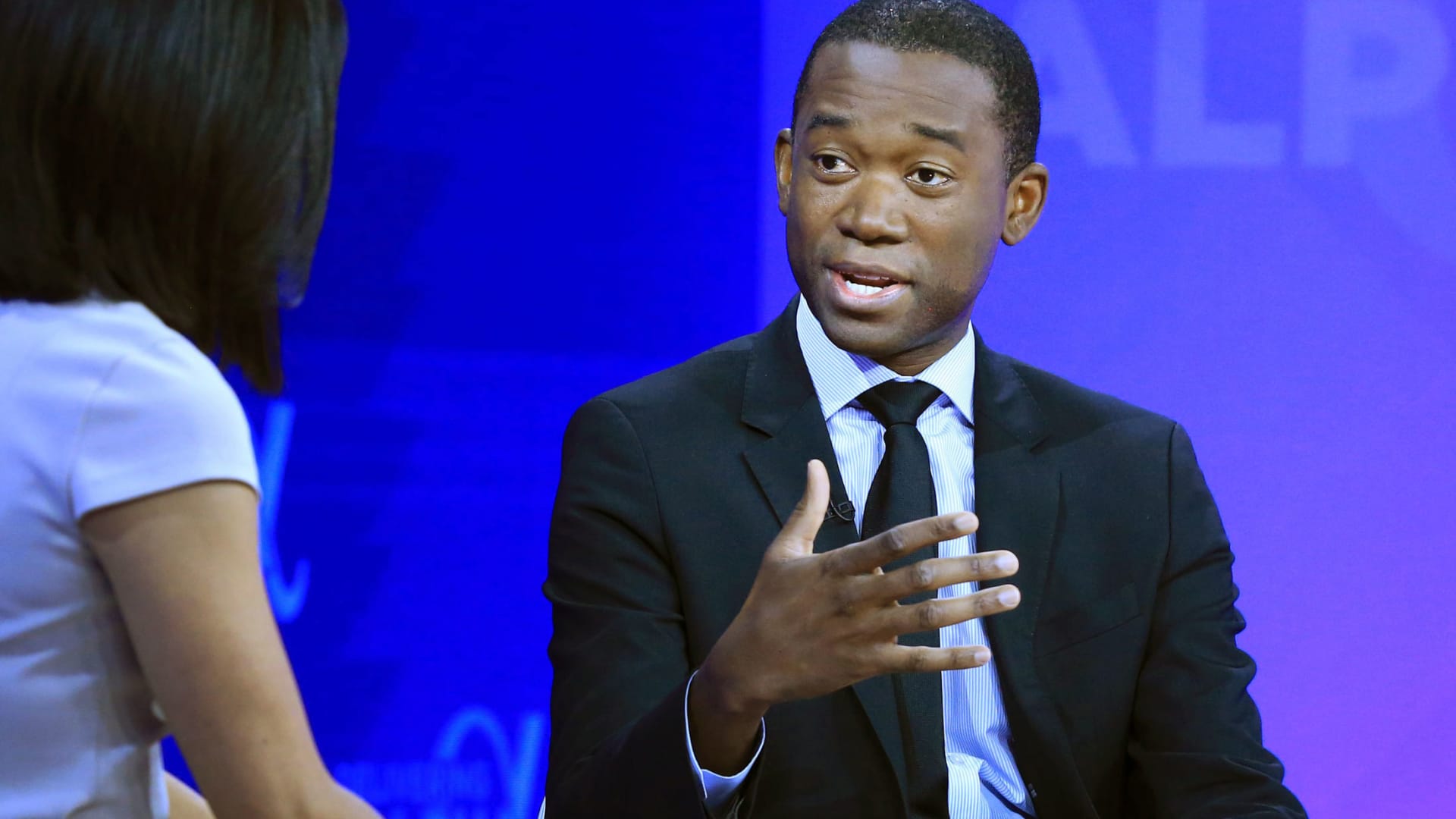
Wally Adeyemo at CNBC’s Delivering Alpha, Sept. 28, 2022.
Scott Mlyn | CNBC
WASHINGTON — The record-setting number of emergency loans that were made to banks this week by the Federal Reserve was key to stabilizing withdrawals from small and mid-sized U.S. banks, Treasury Deputy Secretary Wally Adeyemo told CNBC Friday.
The impact of the swift actions by federal regulators last weekend to stabilize the U.S. banking system helped contain the fallout but were still rippling through the economy almost a week later.
The markets still haven’t fully priced in the federal aid or the $30 billion 11 banks deposited into First Republic Bank to help boost confidence into the system, he said.
“It will take time for markets to catch up with the actions that have been taken by us and by these banks,” Adeyemo said on CNBC’s “Squawk on the Street.” “And what we’ve done now is given these institutions time to think through how they organize their businesses going forward.”
Following the collapse of California-based Silicon Valley Bank and New York-based Signature bank last Friday and Sunday, respectively, regulators announced a series of emergency measures to stabilize the nation’s banking system.
They included guaranteeing the deposits of customers at the two failed banks; creating a new fund, the Bank Term Funding Program, to make short-term loans to banks on generous terms; and easing conditions at the Fed’s traditional overnight bank lending arm, the so called “discount window.”
The result of the actions was a dramatic turnaround in the fortunes of numerous banks, said Adeyemo. That included banks that had anticipated potential mass withdrawals, and pledged collateral ahead of time expecting to need emergency loans.
“While a number of banks coming into the weekend prepositioned the need to get more liquidity, what we found over the course of the week is that they have had to use less and less of it,” said Adeyemo. “And now that we’ve seen a stabilization in terms of deposits to those institutions.”
But while the trends were moving in the right direction, the amount of money banks borrowed in the past week through Wednesday from the Fed’s discount window set a new record at $153 billion, according to the Fed’s weekly report.
The previous record for discount window loans was $111 billion, set at the height of the financial crisis in 2008.
The identities of the banks that borrowed will not be made public for another two years. But the sum suggests the banking sector is not quite stable yet.
The ongoing questions about bank stability dovetail with another question arising out of the Fed actions. Whether uninsured deposits at banks that fail in the future will be covered the same way they were at SVB and Signature.
“Are all uninsured depositors in the U.S. banking system protected right now?” CNBC’s Sara Eisen asked Adeyemo.
The answer was that, for now, this is a Biden administration goal, but not a reality.
“Ultimately, the president has made clear our goal is to protect depositors to make sure that they have the money they need to run their businesses, and make sure their families are taken care of,” said Adeyemo.
